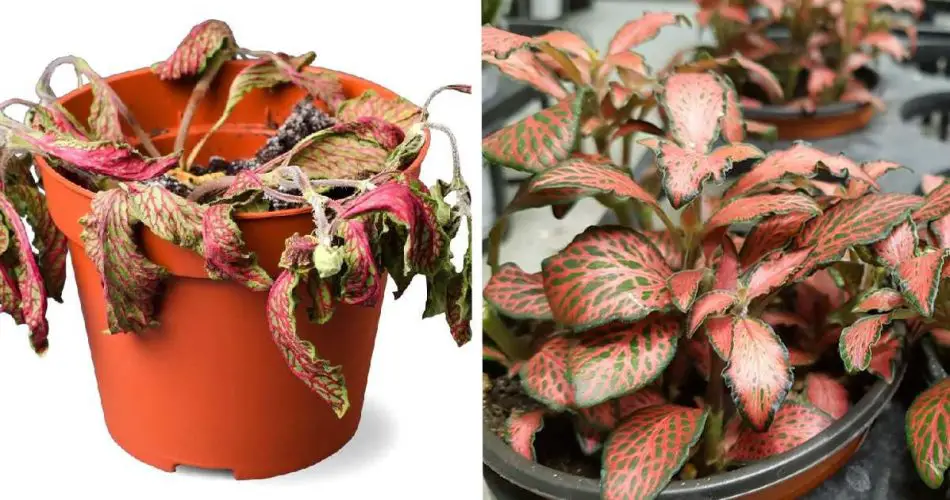If you find it challenging to keep your indoor plants alive, perhaps struggling to figure out their water needs, the information shared below will undoubtedly be helpful.
Having indoor plants allows us to add a touch of color and life to our living spaces. Beyond aesthetics, plants offer benefits to our nervous system and purify the indoor air by removing toxins.
While some plants are easier to care for than others, all require specific attention to survive and continue bringing us joy. The following tips will help you care for your indoor plants and keep them thriving.
How to Care for Indoor Plants? Caring for and keeping plants alive is not impossible; you just need to follow the right basic care routines such as light, watering, temperature, and fertilization. It is essential to focus on three basic points: climate conditions, soil quality, and the amount of light.
Choosing a plant that suits the climate you live in is crucial. This ensures it can thrive in optimal conditions and consistently bring joy.
Regarding soil, it must contain the necessary nutrients for plant growth while ensuring good oxygenation and hydration for the roots, avoiding excess moisture through proper drainage.
Select a suitable pot with good drainage. Fill it with a mix of soil, sand, compost, moss, and other compounds—these universal mixes adapt well to almost all plants.
Concerning light, the light needs of each plant may vary. However, as a general rule, environments with too little or too much direct light can damage plants.
How Often Should Indoor Plants be Watered? It’s not possible to generalize the frequency of watering, as factors such as plant type, climate, season, and pot size influence it. Indoor plants generally need less frequent watering, but it’s essential to check.
A reliable technique is to touch the soil surface: if it’s dry, dig a hole to check the soil inside. If it’s dry, it’s time to water. Signs of overwatering include weak or yellowing leaves and a greenish color in the soil.
Best Indoor Plants: Some plants are better suited for indoor planting. Here are some of the best and most resilient options:
- Coleus
- Croton
- Snake Plant (Sansevieria)
- Cactus
- Monstera Deliciosa
By following these guidelines, you can ensure that your indoor plants not only survive but thrive, adding vibrancy and natural beauty to your living space.



